Demand is a key bottleneck
Demand is a significant bottleneck in scaling up low-carbon hydrogen. Hydrogen project developers have only managed to secure about 10% to 15% of planned output through binding offtake contracts, primarily due to the ‘chicken and egg problem.’ Early adopters are hesitant to commit to current high price premiums for 10 to 15 years, fearing a cost disadvantage compared to competitors who adopt a wait-and-see approach to benefit from future lower prices. Without binding targets, hydrogen users such as producers of ammonia (fertilisers), chemicals (plastics), and steel still have the luxury of waiting.
Shifting demand from steel to oil refining and transportation
The steel industry exemplifies this shift. In past years, steel has been a major driver of investment announcements, particularly through clean hydrogen projects. However, we now see steel producers reconsidering earlier commitments, especially in Europe where energy prices are high, policy focus is on costly green hydrogen, and there are concerns about the availability of high-grade iron ore pellets. These pellets, ideal for hydrogen-based steelmaking, currently constitute only 7% of the iron ore supply globally.
Binding targets can be an effective way to stimulate demand
Demand from oil refiners and producers of e-fuels is expected to rise in 2025. According to Rystad Energy, most of the investments by oil majors in hydrogen are directed at replacing grey hydrogen operations with blue and green hydrogen to reduce emissions from their refineries. Another key segment is transportation, where hydrogen-derived fuels such as ammonia, methanol and synthetic jet fuel, provide low-carbon solutions for aviation and shipping. Oil refineries in Europe are expected to secure more clean hydrogen to comply with the REFuelEU Aviation initiative, requiring EU airports to use at least 1.2% green hydrogen-based fuel by 2030. The shipping sector also aims to use 5-10% of alternative fuel globally by 2030, though this target is not binding and also includes non-hydrogen fuel.
Boosting demand with CCfDs and clearer green standards
The German government launched the EU’s first Carbon Contracts for Difference (CCfD) auction in 2024. This benefits hydrogen in two ways. CCfDs subsidise both new installations and operational costs by covering the large difference between conventional and low-carbon production costs for a long period (15 years in Germany). Furthermore, lower-cost CCS solutions are excluded from the auction. A significant budget increase for 2025 auctions will support demand in Germany. Meanwhile, such initiatives could also inspire other countries to adopt similar measures, boosting hydrogen demand.
In 2025, we also expect progress on the definition of green industrial activities. Different sectors and regions have varying guidelines, making it difficult to standardise green credentials for commodities like steel, cement, plastics, and e-fuels. While hydrogen-based fuel can be blended with current fossil fuel, facilitating the integration of new technology into existing systems, this is less feasible for products like steel, cement, and plastics. For example, blending 5% hydrogen-based fuel with conventional fuel is straightforward, but it doesn’t make sense to produce 5% of a toy’s plastic parts from hydrogen-based plastic and the rest from fossil-based plastics. The solution lies in reaching a consensus on mass-balance methodologies, allowing sustainability goals to be met at the portfolio level rather than the product level.
2025: policy decisions make 2025 a pivotal year
Since low-carbon hydrogen remains more expensive than current fossil fuel-based practices, it won’t be business as usual for corporations. Therefore, policy decisions in 2025 will be crucial.
The European Commission is set to present its Clean Industrial Deal in 2025. This initiative aims to address the challenges faced by hard-to-abate sectors such as steel, cement, plastic and aluminium as detailed in the Draghi report. Policy must strike a fine balance of increased competitiveness in global markets while stimulating these sectors to quickly transition towards a net zero economy.
In the US, 2025 will reveal the full impact of policy risks, but hydrogen remains a viable market, despite developing at a slower pace than many have hoped. Under the new administration, we are confident that the hydrogen and CCS tax credits can survive and continue to play a crucial role in reducing costs, and there will likely be loosened eligibility criteria in claiming the credits. Nevertheless, any uncertainty around tax credit guideline finalisation, non-credit funding, and government-enabled hydrogen development programmes can slow down project development.
Therefore, 2025 will be a pivotal year, with significant developments and decisions shaping the future of low-carbon hydrogen.




